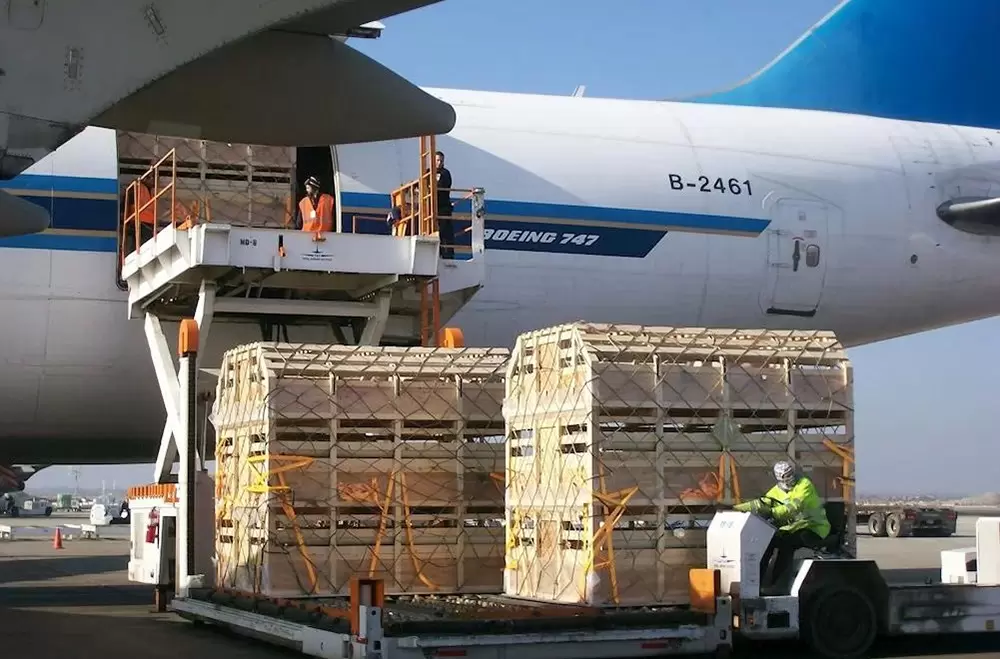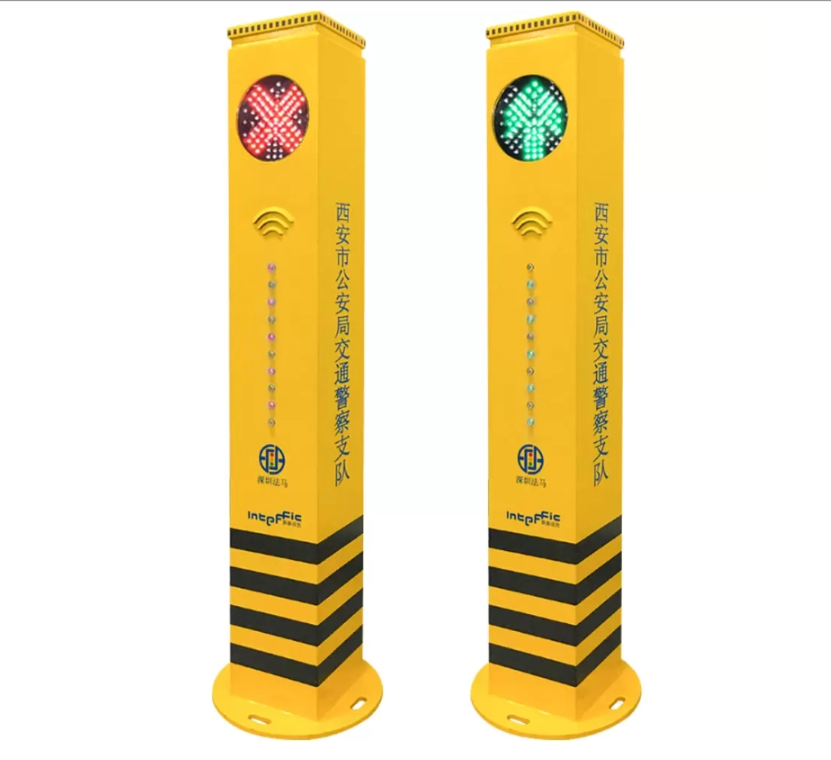Unveiling the Most Economical Transportation Mode: A Comprehensive Analysis
In an increasingly interconnected world, the choice of transportation mode can significantly impact both operational efficiency and cost-effectiveness. Businesses and individuals alike are constantly seeking the lowest cost transportation mode to optimize their logistics and travel expenses. This article delves into the various transportation modes, evaluates their cost structures, and identifies the most economical options available today.
Understanding Transportation Modes
Transportation can be broadly categorized into several modes: road, rail, air, and maritime. Each mode has its unique advantages and disadvantages, particularly concerning cost, speed, and capacity. To determine the lowest cost transportation mode, we must analyze these categories in detail.
- Road Transportation
Road transportation is one of the most flexible and widely used modes. It includes trucks, vans, and personal vehicles. The cost structure of road transport is influenced by several factors:
- Fuel Prices: Fluctuating fuel costs can significantly impact overall expenses.
- Vehicle Maintenance: Regular maintenance and repair costs can add up, especially for long-haul trucking.
- Labor Costs: Driver wages and benefits contribute to the overall cost of road transport.
While road transport is often more expensive per ton-mile compared to rail or maritime options, it offers unparalleled flexibility and door-to-door service, making it a popular choice for short distances and last-mile delivery.
- Rail Transportation
Rail transportation is known for its efficiency in moving large volumes of goods over long distances. The cost advantages of rail include:
- Economies of Scale: Trains can carry a substantial amount of cargo, reducing the cost per unit.
- Lower Fuel Consumption: Trains are generally more fuel-efficient than trucks, especially for bulk goods.
However, rail transport has limitations, including the need for access to rail infrastructure and potential delays due to scheduling. For businesses that can leverage rail networks, it often emerges as a lower-cost alternative for long-haul shipments.
- Air Transportation
Air transportation is the fastest mode, ideal for urgent deliveries. However, it is also the most expensive. Key cost factors include:
- High Freight Rates: Air freight costs can be several times higher than other modes.
- Fuel and Handling Fees: Airports impose various fees that can escalate overall costs.
While air transport is not typically the lowest cost option, it is invaluable for high-value, time-sensitive goods. Businesses must weigh the cost against the urgency of delivery when considering air transport.
- Maritime Transportation
Maritime transportation is the backbone of international trade, particularly for bulk goods. It offers several cost advantages:
- Low Cost per Ton-Mile: Shipping by sea is generally the most economical for large volumes.
- Capacity: Cargo ships can carry thousands of containers, spreading costs over a vast amount of goods.
However, maritime transport also has its drawbacks, including longer transit times and dependency on port infrastructure. For businesses engaged in international trade, maritime transport often represents the lowest cost transportation mode for bulk shipments.
Comparative Analysis: Cost-Effectiveness of Transportation Modes
To determine the lowest cost transportation mode, we can summarize the cost structures as follows:
- Road Transport: Best for short distances and flexibility, but higher costs per ton-mile.
- Rail Transport: Economical for long distances with large volumes, but limited by infrastructure.
- Air Transport: Fastest but most expensive, suitable for high-value or urgent shipments.
- Maritime Transport: Lowest cost for bulk shipments over long distances, but slower transit times.
Conclusion: The Verdict on Cost-Effective Transportation
In conclusion, the lowest cost transportation mode largely depends on the specific needs of the shipment. For bulk goods over long distances, maritime transportation typically offers the best cost efficiency. Rail transport is also a strong contender for large volumes, particularly in regions with robust rail infrastructure. For shorter distances, road transport may be more practical despite its higher costs. Air transport, while the fastest, is rarely the most economical choice unless time is of the essence.




